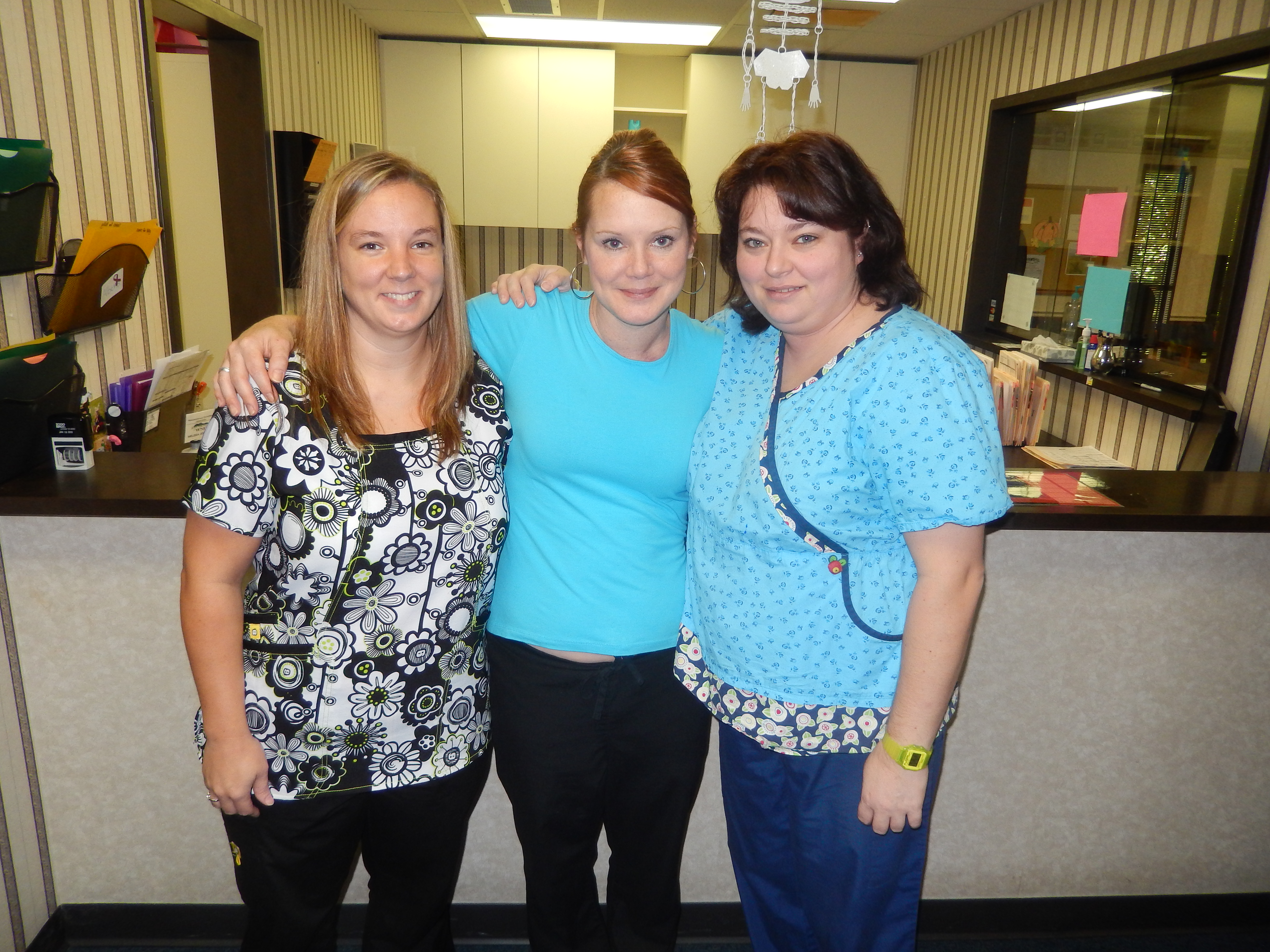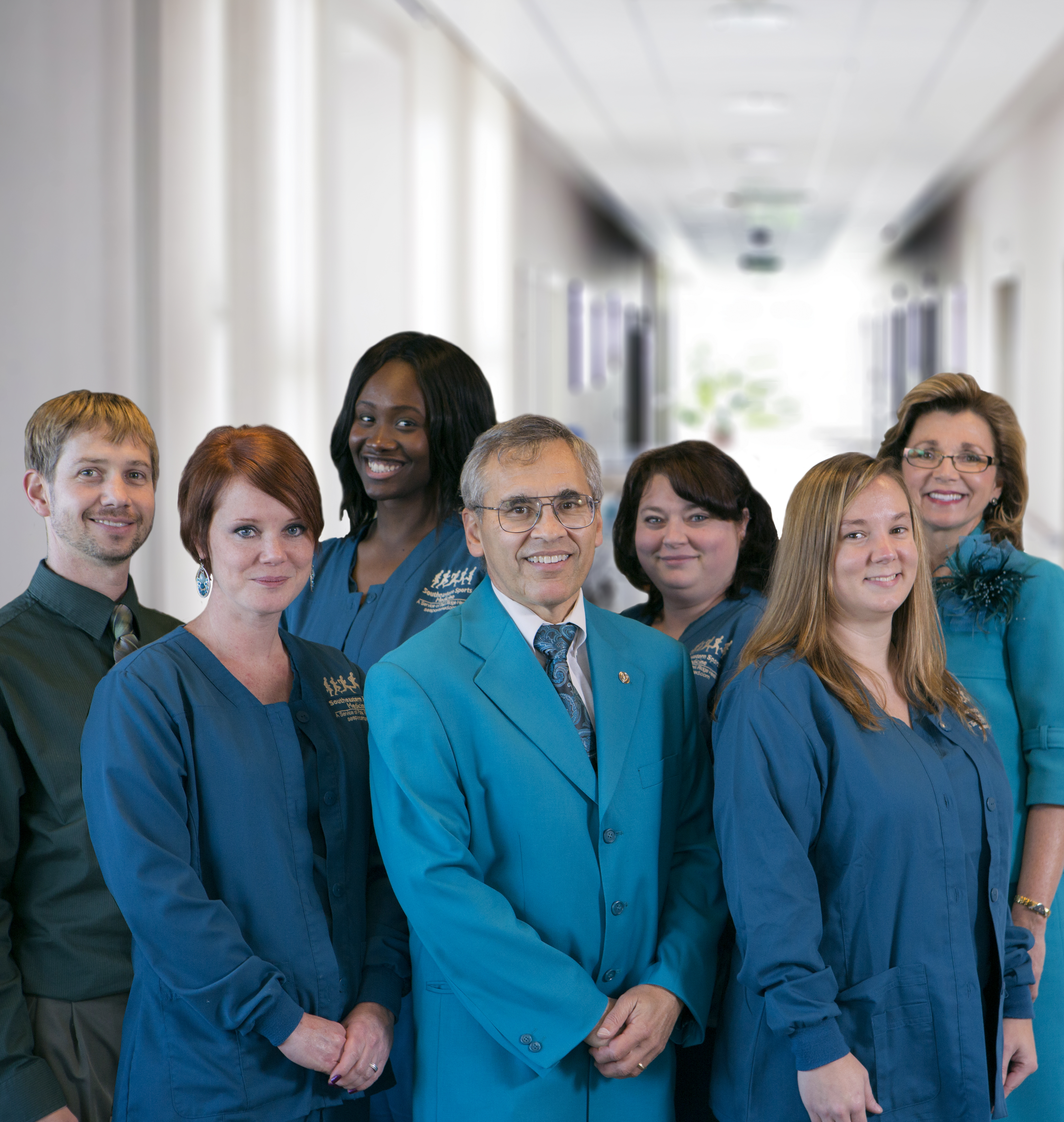
How to eat Pasta
There is a debate about how to eat pasta, even among etiquette experts. I have seen both methods listed as “correct” in American etiquette books. And I, too, have seen both methods of eating spaghetti while dining with others. And I am not offended when people use the bowl of the spoon to twirl the strands of pasta. However, if you were in Italy or asked an Italian how to eat long strands of pasta, he or she would tell you the only correct way is to eat it with a fork only. Italians consider eating pasta with a fork and a spoon for children, amateurs or people with bad table manners. So, it is up to you as to how you eat your pasta; the American way, with a spoon and fork, or the Italian way, with only a fork. Or consider the old adage, when in Rome do as the Romans do.
If you are going to use the fork only method, pull a few strands of pasta to the side of the plate or edge of the pasta bowl and twirl the strands around the tines of the fork, with the fork tines perpendicular to the plate, and then convey the pasta to your mouth. You may want to have your napkin poised and ready to collect any errant drops of sauce from dropping on your clothes. Bibs are a no-no when eating pasta, unless you are a child. And you would not cut the pasta in polite company.
It is important to gauge when and with whom you will be eating pasta. If you can’t eat it with confidence and without getting it all over yourself, choose something else to order — you may make a better impression.
t way is to eat it with a fork only. Italians consider eating pasta with a fork and a spoon for children, amateurs or people with bad table manners. So, it is up to you as to how you eat your pasta; the American way, with a spoon and fork, or the Italian way, with only a fork. Or consider the old adage, when in Rome do as the Romans do.
If you are going to use the fork only method, pull a few strands of pasta to the side of the plate or edge of the pasta bowl and twirl the strands around the tines of the fork, with the fork tines perpendicular to the plate, and then convey the pasta to your mouth. You may want to have your napkin poised and ready to collect any errant drops of sauce from dropping on your clothes. Bibs are a no-no when eating pasta, unless you are a child. And you would not cut the pasta in polite company.
It is important to gauge when and with whom you will be eating pasta. If you can’t eat it with confidence and without getting it all over yourself, choose something else to order — you may make a better impression.
So, how do you eat your pasta?


